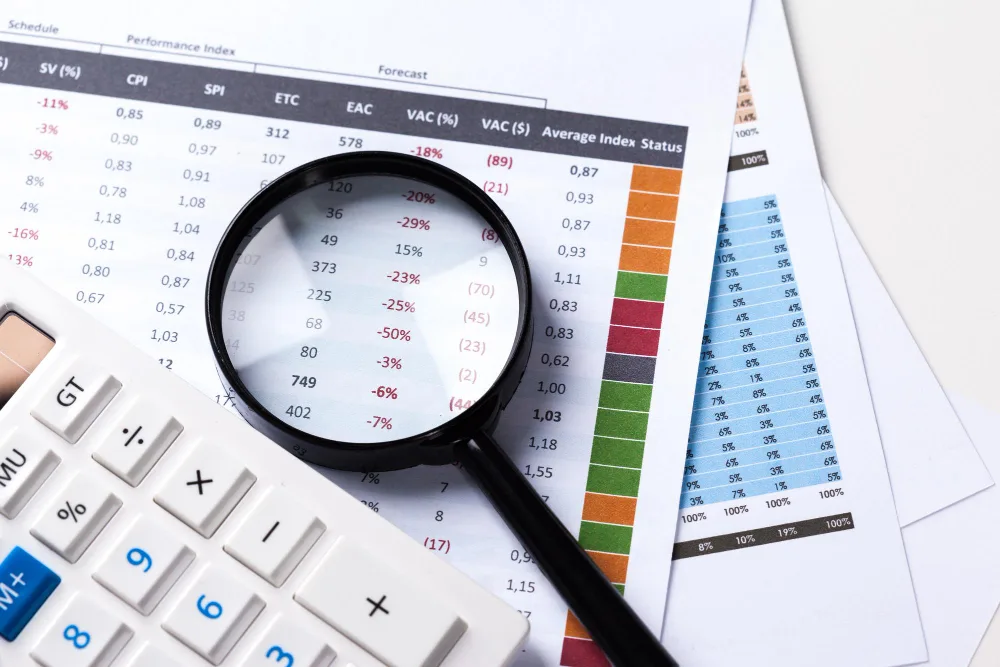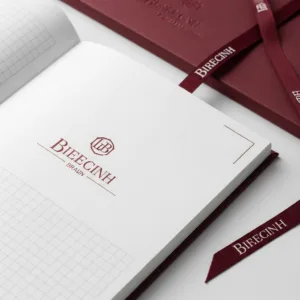Tired of losing money or leaving profit on the table with POD books? This step-by-step guide reveals exactly how to calculate all your POD Costs and set strategic prices for platforms like KDP and IngramSpark. Finally achieve confident, profitable pricing for your books.
Factor POD Costs into book pricing by calculating the per-unit print cost, adding required platform commissions or wholesale discounts (typically 40-55% of retail), incorporating your target profit margin, and validating the final price against comparable books in your market.
In short, mastering your POD Costs involves understanding all expenses, using target-profit formulas, navigating KDP vs. IngramSpark differences, mitigating risks, and validating against the market. Read on for the detailed strategies, calculators, and expert insights you need to price your books successfully.
Step 1: Beyond the Obvious: Uncovering All POD Costs

Understanding your true costs is like seeing an iceberg – the printing cost is just the visible tip. Ignoring hidden expenses can quickly erode profits.
Visible Costs: These are directly tied to each sale:
- Per-Book Print Cost: The charge from your POD provider to manufacture one book.
- Platform Fees/Commissions: The percentage taken by Amazon KDP, IngramSpark, or others from the retail price.
- Shipping Costs: Usually paid by the customer, but influences their total cost.
- Hidden & Overlooked Costs: Your profit margin must cover these over time, including Pre-Publication Fixed Costs like Editing, Cover Design, Formatting, and learning how to Get Your ISBN Number (approx. $125 for one in the US if bought independently).
- Marketing & Advertising: Ongoing expenses for visibility, adding to your overall Self-Publishing Costs.
- Returns & Spoilage: Potential losses, especially if enabling returns via IngramSpark (can erode 5-8% profit).
- Author Copies: Costs for books used in promotion.
- Your Time: Don’t undervalue your effort!
Ignoring costs like a $1200 investment in editing and Book Cover Design Costs means even seemingly profitable sales might actually result in a net loss.
Step 2: Anatomy of a POD Book – Calculating Your Per-Unit Costs Precisely
Let’s focus on the core variable expense: the per-unit print cost.
The Core Print Cost Formula: Most platforms use Total Print Cost = Fixed Cover Charge + (Per-Page Charge * Number of Pages).
Key Factors Driving Print Costs:
- Page Count: More pages = higher cost. (Estimate: Adult Novel ≈ WC/350; YA ≈ WC/250. Aim for <400 pages; 125+ for spine text).
- Trim Size: Physical dimensions (e.g., 6″x9″) affect page count and cost.
- Binding Type: Hardcover costs significantly more ($3-5+) than Paperback, impacting the overall Cost to Print a Hardcover Book.
- Interior Color: B&W is cheapest. Premium Color (for illustrated books) is most expensive (+40-60%). Crucially, one color page often means the whole book is charged at color rates.
- Paper Weight: Standard 50# vs. thicker 70# (better for color, costs more).
- Platform Fees & Royalties: Remember, platforms take their cut from the retail price. Your royalty is what’s left after print costs and platform fees are deducted.
TUTORIAL: Using KDP & IngramSpark Cost Calculators:
- Gather your book’s specs: (page count, trim, binding, color).
- Log into your KDP or IngramSpark account and find their cost/royalty calculators:
- Enter your specs accurately:
- Note the estimated print cost per unit and (for KDP) the minimum list price:
- Experiment with different specs to see the immediate cost impact: This is vital for informed decisions.
Step 3: Pricing Formulas That Work: From Break-Even to Profit

Now, let’s turn those costs into a price.
Formula 1: The Minimum List Price (KDP): Min Price = Print Cost / (Royalty Rate / 100) (e.g., $4.16 / 0.60 = $6.94). This price yields $0 profit for you. Understanding this floor is just the start, as author David Gaughran points out.
Formula 2: Cost-Plus Markup (Simple, But Flawed): Price = Print Cost + Desired Profit. This ignores platform fees and market value. Relying solely on this without market context is risky.
Formula 3: Target Profit Pricing (Recommended): Decide your desired profit first, then calculate the retail price needed after costs and platform cuts.
- KDP Example (60% Royalty): Retail Price = (Print Cost + Desired Profit) / 0.60. (To earn $5 profit on $4.16 print cost: ($4.16 + $5.00) / 0.60 = $15.27).
- IngramSpark Example (55% Discount): Retail Price = (Print Cost + Desired Profit) / (1 – 0.55). (To earn $2.59 profit on $4.16 print cost: ($4.16 + $2.59) / 0.45 = $15.00). Crucially, always check this calculated price against market comps (Step 7).
Formula 4: Break-Even Analysis: How many copies must sell to cover fixed costs? Fully understanding break-even is crucial for financial planning.
Break-Even Units: = Total Fixed Costs / Profit Per Book. (Profit Per Book = Retail Price – Print Cost – Platform Share).
(Example: $500 cover cost / $5 profit per book = 100 units to break even). Use online POD profit calculators to help with these calculations.
Step 4: KDP vs. IngramSpark: Strategic Platform Pricing

Table Title: POD Platform Comparison: KDP vs. IngramSpark at a Glance
| Feature | Amazon KDP | IngramSpark |
| Setup Fee (Per Title) | $0 |
Typically $0 (Check Current Policy)
|
| Example Print Cost¹ | ~$4.90 | ~$5.25 |
| Typical Royalty Calculation | (60% of List Price) – Print Cost (Direct on Amazon US) |
(List Price x [1 – Wholesale Discount %]) – Print Cost
|
| Wholesale Discount² | Not Required (Direct) / 40% (Expanded Dist.) |
50-55% Recommended for Wide Distribution
|
| Primary Distribution | Amazon Ecosystem |
Global Network (+39,000 Retailers/Libraries)
|
| Best For | Maximizing direct Amazon sales, Simpler setup |
Achieving widest possible reach (incl. bookstores)
|
Your Self-Publishing Platform Choice drastically impacts pricing strategy. They represent different paths to market.
The Core Trade-Off: KDP offers easy access to Amazon’s huge customer base. IngramSpark unlocks wider distribution (bookstores, libraries) but requires adhering to traditional wholesale discounts (typically 50-55%), one of several Book Printing Prices Factors to consider.
Pricing for KDP: Focuses on direct-to-consumer margins via Amazon. Can theoretically support slightly lower prices if only using KDP.
Pricing for IngramSpark: Price must be high enough to be profitable after the 50-55% discount is applied. This almost always means a higher list price than KDP alone would require.
The Hybrid Strategy (Recommended for broad reach): Use both platforms but set your price based on IngramSpark’s requirements for the shared ISBN. This ensures viability in all channels. Treat the higher margin on direct KDP sales at this price as a bonus.
Step 5: Avoiding Pitfalls: Managing POD Pricing Risks
Be aware of potential issues:
- Returns & Spoilage: If enabling returns via IngramSpark, build a buffer into your price to absorb potential losses from unsellable returned stock.
- Print Cost Increases: Industry costs fluctuate. Review your print costs annually and ensure your pricing has enough margin to absorb potential increases without immediately breaking profitability.
- Note on Taxes: US sales tax rules are complex and vary by state. Understand your potential obligations regarding nexus and consult a qualified tax professional.
Step 6: Level Up Your Pricing – Advanced Strategies
Move beyond basic pricing:
- Multi-Format Magic: Price ebooks, paperbacks, and hardcovers strategically. Use the higher price of a hardcover to make the paperback seem more reasonable (price anchoring). Ensure price gaps reflect production cost differences.
- Value-Based Pricing: For niche non-fiction, academic works, or specialized guides, price based on the content’s unique value and the transformation it offers, not just the print cost. Prices of $25, $35, $50, or higher can be justified if the value is clear.
Step 7: Market Validation: Will Your Price Survive Reality?
Finally, check your price against the market:
- Know Thy Comps: Research recently published books in your specific genre and format. How does your planned price compare? Be realistic about your book’s position relative to competitors. If your price is significantly higher, ensure the value proposition is clear.
Conclusion: Price Your POD Book with Confidence
Pricing POD books involves more than simple math; it’s a blend of cost analysis, strategic planning, and market awareness.
By following these steps—understanding all POD Costs, calculating accurately, setting profit goals, choosing platforms wisely, mitigating risks, using smart strategies, and validating against the market.
You can set prices that support a sustainable and successful publishing journey. Adopt an author-entrepreneur mindset, value your work, and price it with confidence.







